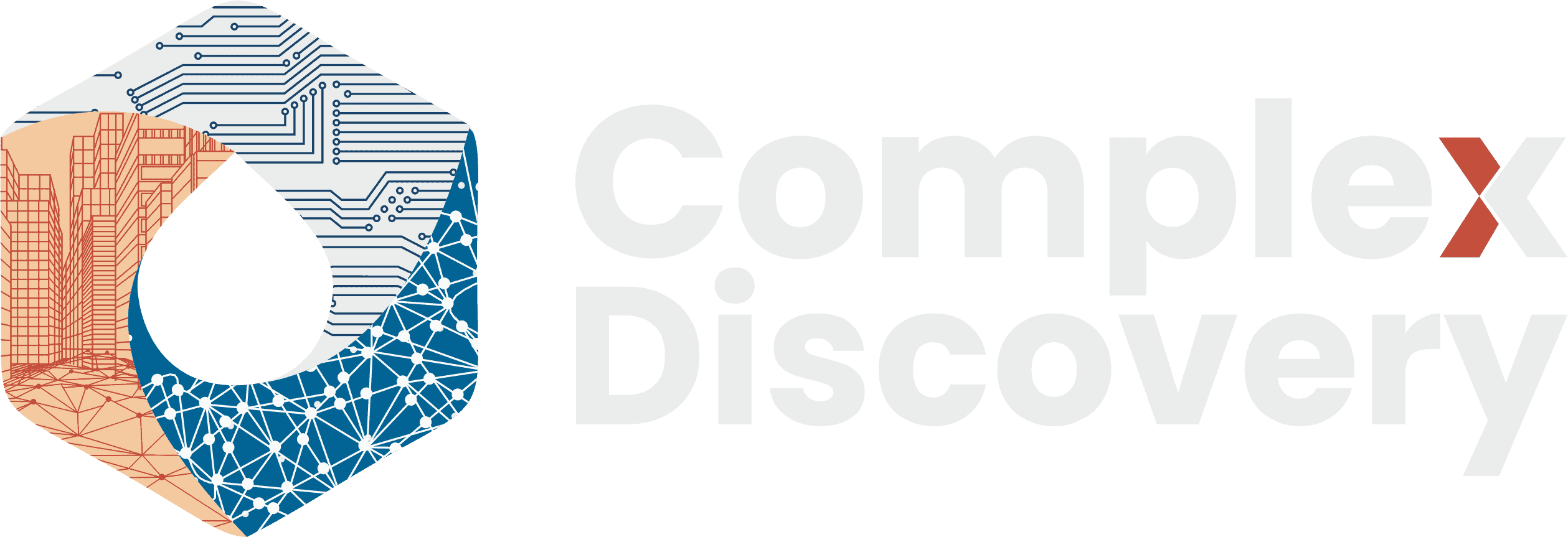ARCHIVED CONTENT
You are viewing ARCHIVED CONTENT released online between 1 April 2010 and 24 August 2018 or content that has been selectively archived and is no longer active. Content in this archive is NOT UPDATED, and links may not function.
Designed with the goal of helping eDiscovery software and service vendors as they seek to align their offerings and messaging with market needs and opportunities, the following baseline considerations for market segmentation may be useful for eDiscovery-related market planning.
Aggregated and developed from a non-scientific combination of industry thought, writings, and reporting, these considerations are neither all-inclusive nor comprehensive and provide only one of many potential ways to consider market stratification and segmentation.
Reports considered in this compilation include but are not limited to:
- BDO Consulting. (2015). Inside E-Discovery: The State of E-Discovery According to Corporate Counsel.
- Blickstein Group. (2015). Findings from the 8th Annual Law Department Operations Survey.
- Dale, C. (2015). Corporations Take Control of E-Discovery. Guidance Software.
- Deloitte. (2015). Ninth Annual Benchmarking Study of Electronic Discovery Practices for Government Agencies.
- ILTA, & InsideLegal. (2015). 2015 ILTA/InsideLegal Technology Purchasing Survey.
- Kaplan, A., & Holmes, K. (2015). Measuring Your E-Discovery Program Against Industry, 2015. FTI Consulting.Norton Rose Fulbright. (2015). 2015 Litigation Trends Annual Survey.
- O’Neill, S. B., & Sparkman, C. G. (2008). Expectation Differences Between Corporate Law Department and Law Firm. In From Law School to Law Practice: The New Associate’s Guide (3rd ed., p. 238). American Law Institute-American Bar Association.
- Robert Half. (2015). Future Law Office 2020: Redefining the Practice of Law.
eDiscovery Market Segmentation Considerations
What are the primary target markets for eDiscovery providers?
- Corporations
- Law Firms
- Government
What is the major difference between in-house (corporate) and law firm eDiscovery approaches?
- Attorneys practicing law in-house tend to confront issues in beginning stages. (Proactive)
- Attorneys practicing in law firms tend to confront issues after damage is done. (Reactive)
What are the general resources for accomplishing eDiscovery?
- In-House Resources
- Outside Counsel Resources
- Third Party Vendor Resources
What is a reasonable planning estimation for the percentage of projects by size (volume) for eDiscovery software and services?
- 25% of projects are small projects of less than 20 GB.
- 25% of projects are medium projects of between 20 GB and 100 GB.
- 50% of projects are large projects greater than 100 GB.
Corporation Stratification and Approaches
What is a reasonable planning stratification for corporate eDiscovery requirements?
- High Volume of Litigation: Having 20 or more lawsuits/proceedings annually.
- Moderate Volume of Litigation: Between six and 20 lawsuits/proceedings annually.
- Low Volume of Litigation: Having five or less lawsuits/proceedings annually.
What are the general eDiscovery approaches of corporations with a high volume of litigation?
- Small Projects: Handled in-house, by outside counsel, or by third-party vendor.
- Medium Projects: Handled by outside counsel, or by third-party vendor.
- Large Projects: Handled by third-party vendor.
What are the general eDiscovery approaches of corporations with a moderate volume of litigation?
- Small Projects: Handled by outside counsel or by third-party vendor.
- Medium Projects: Handled by outside counsel or by third-party vendor.
- Large Projects: Handled by outside counsel or by third-party vendor.
What are the general eDiscovery approaches of corporations with a low volume of litigation?
- Small Projects: Handled by outside counsel.
- Medium Projects: Handled by outside counsel.
- Large Projects: Handled by outside counsel.
Law Firm Stratification and Approaches
What is a reasonable planning stratification of law firm eDiscovery capability based on firm size?
- Large law firms consisting of 200 or more attorneys.
- Medium-sized law firms consisting of between 50 and 199 attorneys.
- Small law firms consisting of less than 50 attorneys.
What are the general eDiscovery approaches of large law firms?
- Small Projects: Handled by law firm or by third-party vendor.
- Medium Projects: Handled by law firm or third party vendor.
- Large Projects: Handled by third-party vendor.
What are the general eDiscovery approaches of medium-sized law firms?
- Small Projects: Handled by law firm or by third-party vendor.
- Medium Projects: Handled by third-party vendor.
- Large Projects: Handled by third-party vendor.
What are the general eDiscovery approaches of small law firms?
- Small Projects: Handled by law firm or by third-party vendor.
- Medium Projects: Handled by third-party vendor.
- Large Projects: Handled by third-party vendor.
Challenges and Characteristics of eDiscovery
What is the top challenge in managing eDiscovery requests?
- Volume of Data
- Inadequate Technology Systems and Tools
- Lack of Available Personnel
- Budgetary Constraints
What are the types of legal disputes that concern most companies?
- Regulatory Investigations
- Contracts
- Labor/Employment
- IP/Patents
- Class Actions
- Environmental/Toxic Tort
Who are the key litigation influencers within corporations?
- Chief Legal Officer
- General Counsel
- Associate/Deputy/Assistant GC
- Head of Litigation
- Senior Counsel
Who is responsible within corporations for handling eDiscovery between the corporation and outside providers?
- E-Discovery Manager
- Inside Counsel
- Paralegal
- Chief Legal Officer
What is the corporate technology adoption for advanced eDiscovery technologies?
- 30% Technology Assisted Review
- 15% Data Visualization
- 10% Mobile Document Review
- 8% Up-to-the-Minute Project Statistics/Tracking Via Customized Customer Portals
- 5% Expedited Document Review Using Voice Commands/Short Keys, etc.
Additional comments and considerations are highly encouraged and may be submitted for inclusion in future updates.
Deeper marketing segmentation considerations, including role-based and task-based stratification, is on the ComplexDiscovery planning calendar for 2016.

























